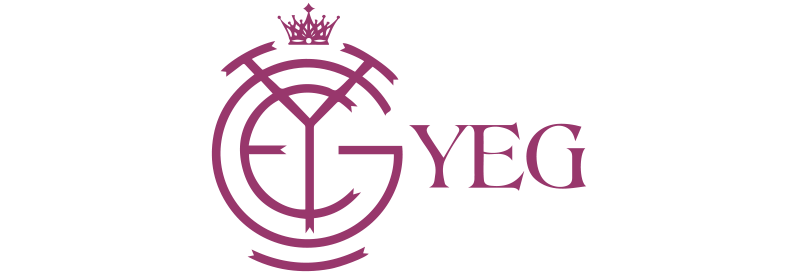Historical developments of Turkey’s cotton based textile industry begin with the foundation of the Republic in 1923, although cotton cultivation in Anatolia dates back to the first century to the Romans, followed by the Byzantines and lastly by the Ottomans, from whom Turkey also inherited the tradition of manufacturing of textiles and clothing products. Initial developments were realised during the early years of the Republic at the hands of the public sector with the establishment of Sumerbank, a very large state economic enterprise, involved mainly in textiles and clothing, as well as in banking was established in 1930s and actively operated until 1987, when it was privatised. From 1950 onwards, it was felt that for the sustainable development of the Turkish textile sector, major private sector investments were also needed, which started to take place immediately after 1950s, and gained weight in 1970s, in parallel with the rapid increase in cotton production. With the investment incentives granted to the textile sector during the same period, modern spinning plants had been put into operation in 1970s and 1980s, at a time when the textile industries of Europe, mainly Italy, Germany, Belgium, France and England, had their production facilities also operating at high capacities, and being largely dependent on imported yarn, which could be obtained from a nearest source, such as Turkey. However, Turkey was soon to face quantitative restrictions to its cotton yarn exports in 19741 . Such restrictions were formally imposed in mid 1980s, initially onto cotton yarn2 , which would later be extended to other textile products, such as woven or knitted fabrics, etc. Finally, clothing exports had also become subject to quantitative restrictions towards mid-1980s. Turkey’s Customs Union with the European Union, which went into effect on 1st January 1996, eliminated all the quantitative restrictions in the textile and clothing trade between Turkey and the EU. It was in the second half of 1995 and in the following 3 years, which triggered off the investments in textile and clothing machinery in Turkey to get benefit from the removed quotas. The WTO Agreement on Textiles, which went into effect in 1995, was to eliminate quotas progressively, with a total elimination in January 1, 2005. As part of the Agreement on Textiles and Clothing (ATC), and all restrictions were terminated on January 1, 2005. The expiry of the ten-year transition period of ATC implementation meant that trade in textile and clothing products was no longer subject to quotas under a special regime outside normal WTO/GATT rules, but was now governed by the general rules and disciplines embodied in the multilateral trading system. Contrary to the earlier predictions of many experts, Turkish manufacturer-exporters of textiles and clothing products have proven their continued ability to sustainably maintain and even expand their presence in most foreign markets, in increased volumes and values, even after entering the quota-free era, mainly to the EU markets, which still constituted Turkey’s number one trading partner, not only in textiles and clothing but also in most other sectors. For the achievement of sustainable development of the Turkish textiles and clothing sub-sectors, principal foundations had long been laid down to face the quota-free era by private sector initiatives, backed by the strong entrepreneurship, dynamic economic growth, utmost respect to innovation, support by the existing and new talents in design and creativity, close follow-up of market trends, active presence in the existing and new markets, participation in prestigious international fairs, etc., organising buying missions, collaboration with the educational and training, as well as with the R & D institutions. The role of the exporters’ associations in Turkey in acting as catalysing bodies should not be underestimated in the overall success of the textiles and clothing sub-sectors.



